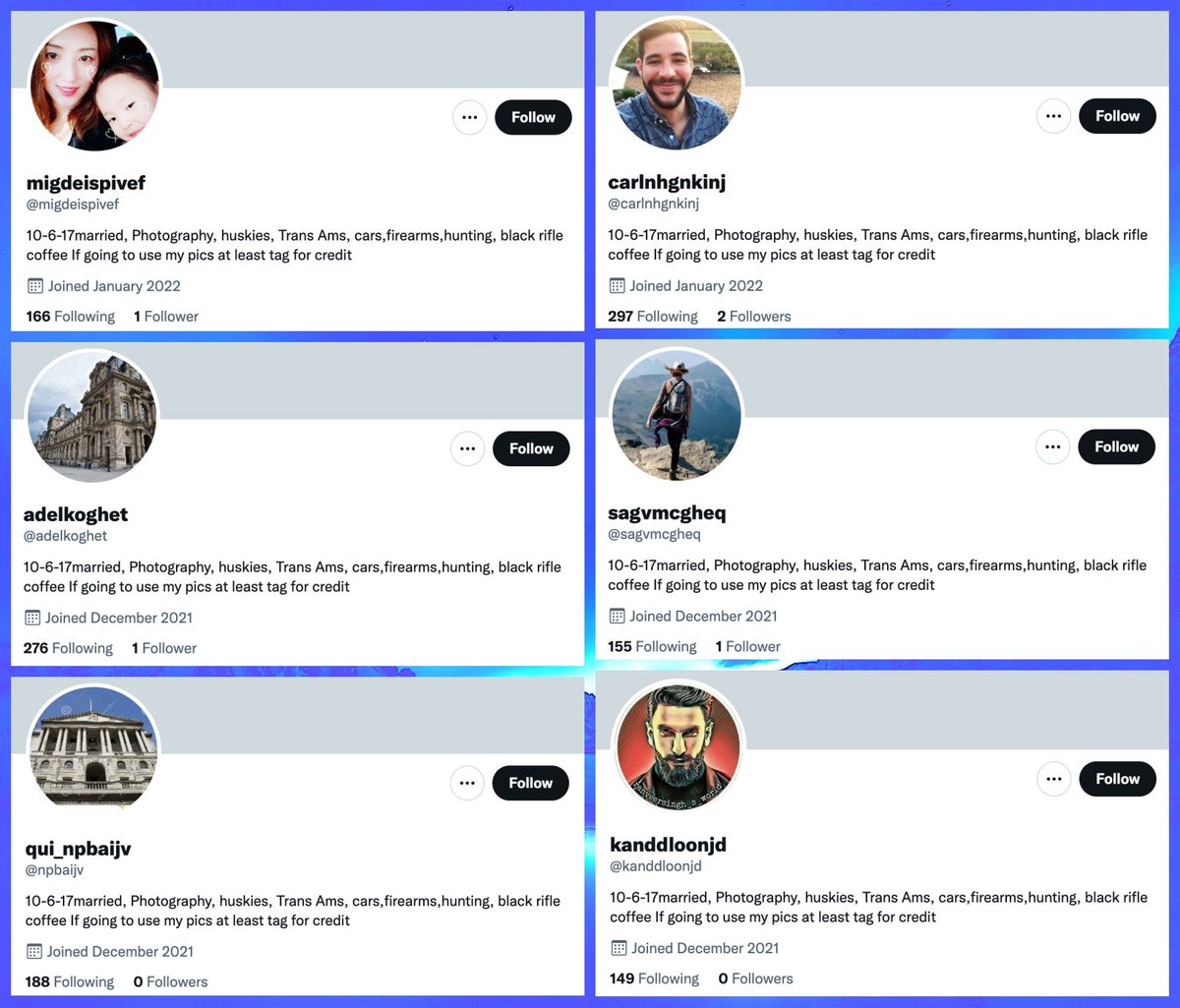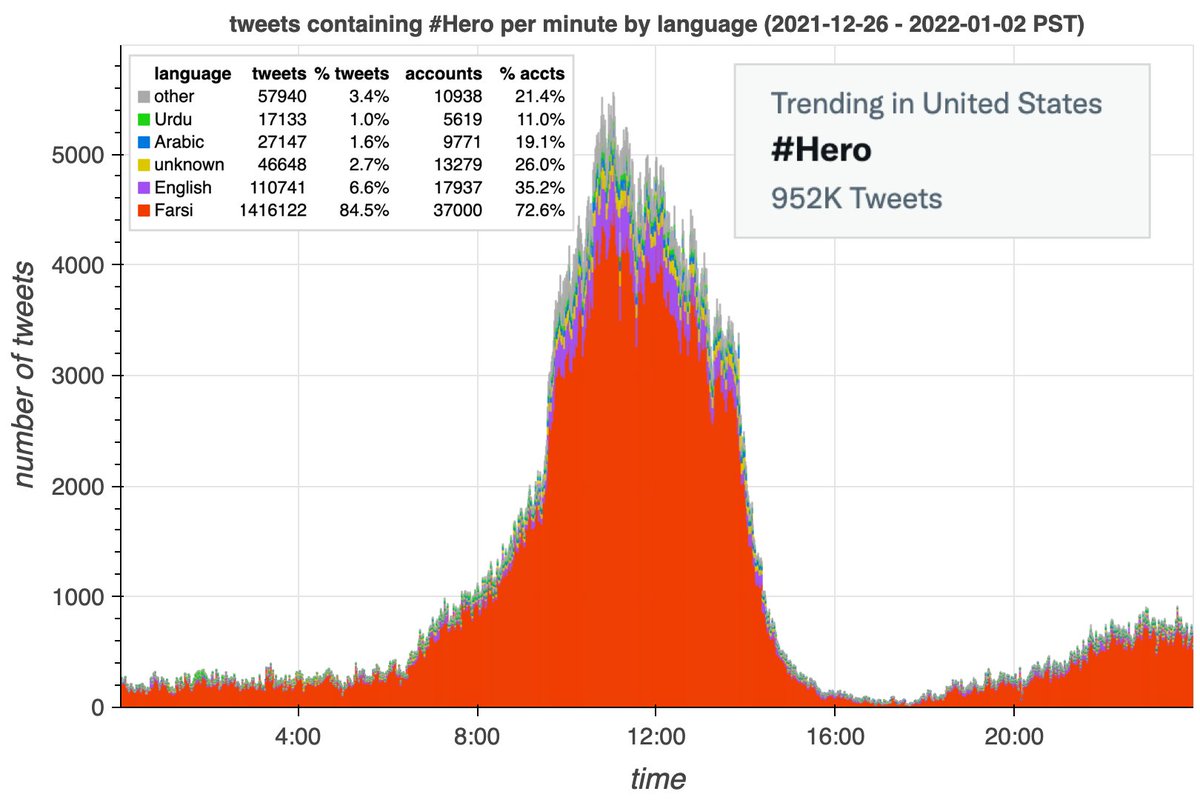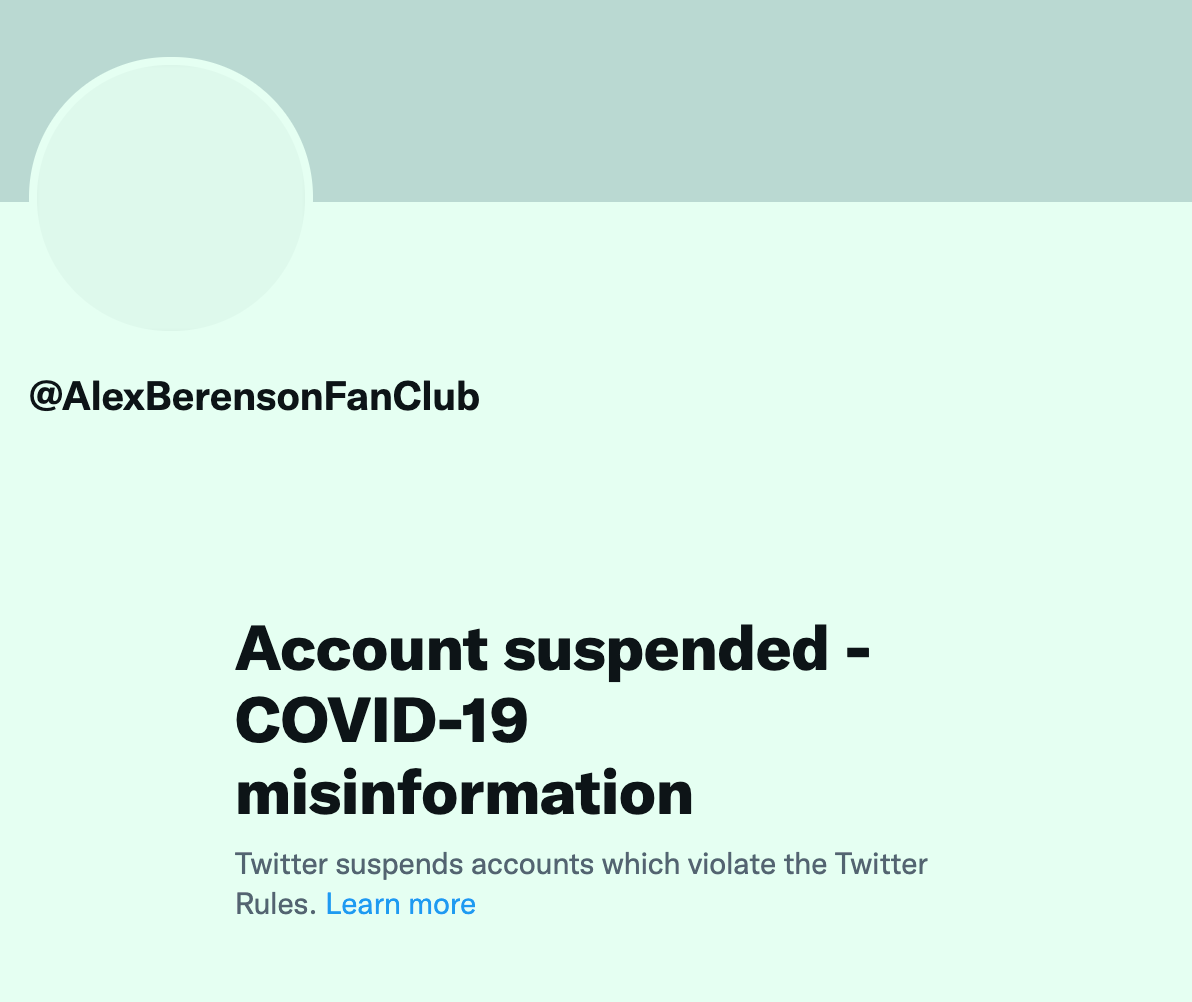
For a change of pace, I'm doing a bit of a YouTube experiment. I'm going to choose six songs of varied genre on a new YouTube account, and then just listen to whatever it creates as the "My Mix" playlist. #FruitOfTheAlgorithm
Song 1:
Song 1:
(I will be skipping repeated tracks)
Song 2:
Song 3:
Song 4 (included at least in part because there's a lyric containing the word "catnap"):
Song 5:
Song 6:
From this point forward, all of the songs are stuff YouTube autosuggested after I listened to the preceding six songs in this thread.
YouTube suggestion #2:
YouTube suggestion #3:
YouTube suggestion #4:
YouTube suggestion #5:
YouTube suggestion #6:
YouTube suggestion #7:
YouTube suggestion #8:
YouTube suggestion #9:
YouTube suggestion #10:
YouTube suggestion #11:
YouTube suggestion #12:
YouTube suggestion #13:
YouTube suggestion #14:
YouTube suggestion #15:
YouTube suggestion #16 (and I think I'll stop here since the song is 20 minutes long, lol):
This isn't a super serious thread, but a couple quick observations. First, when YouTube was given music as input, the autosuggested playlist it created consisted exclusively of music. Probably not surprising, but worth noting considering the variety of content on YouTube.
Second, although the recommender provided a variety of genres, it pretty much confined itself to genres similar to the six songs I choose. It suggested a mix of the artists I originally chose and others that were stylistically similar.
• • •
Missing some Tweet in this thread? You can try to
force a refresh


























